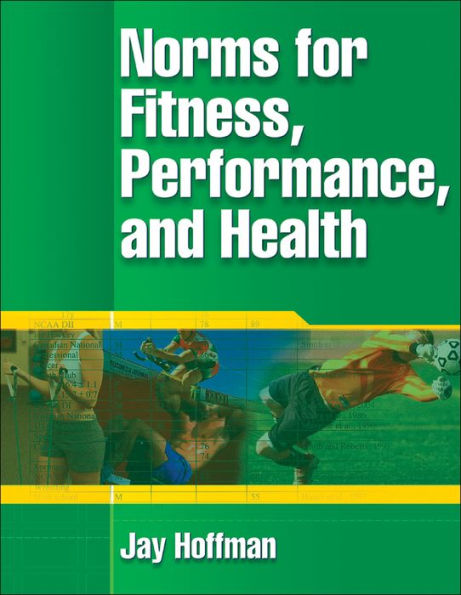5
1
9780736054836


Norms for Fitness, Performance, and Health / Edition 1 available in Paperback

Norms for Fitness, Performance, and Health / Edition 1
- ISBN-10:
- 0736054839
- ISBN-13:
- 9780736054836
- Pub. Date:
- 04/24/2006
- Publisher:
- Human Kinetics Publishers
- ISBN-10:
- 0736054839
- ISBN-13:
- 9780736054836
- Pub. Date:
- 04/24/2006
- Publisher:
- Human Kinetics Publishers

Norms for Fitness, Performance, and Health / Edition 1
$57.0
$57.00
This item is available online through Marketplace sellers.
$20.43
This item is available online through Marketplace sellers.
57.0
Out Of Stock

Product Details
| ISBN-13: | 9780736054836 |
|---|---|
| Publisher: | Human Kinetics Publishers |
| Publication date: | 04/24/2006 |
| Edition description: | First Edition |
| Pages: | 232 |
| Product dimensions: | 8.50(w) x 11.00(h) x 0.53(d) |
| Age Range: | 18 Years |
About the Author
From the B&N Reads Blog




